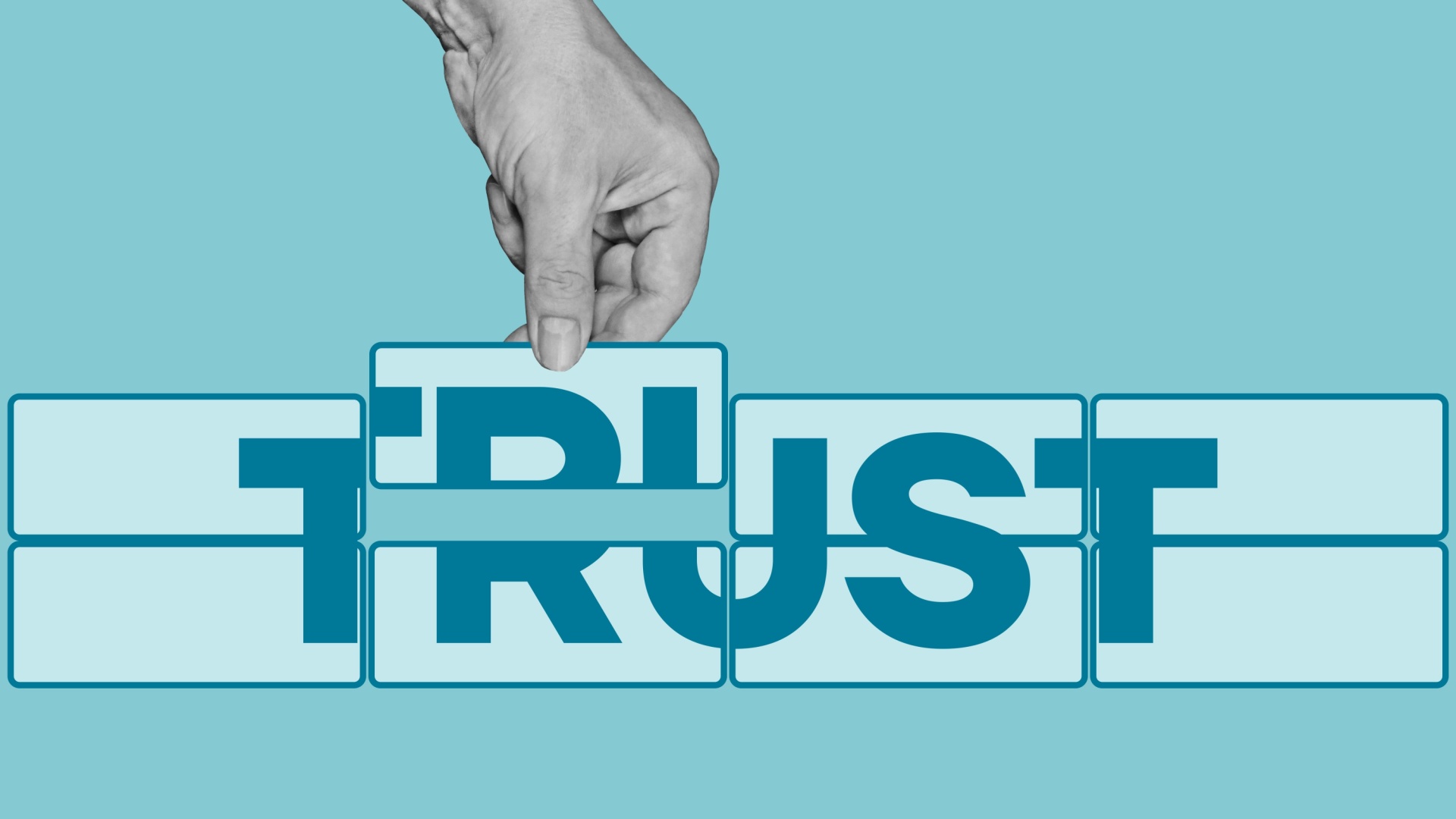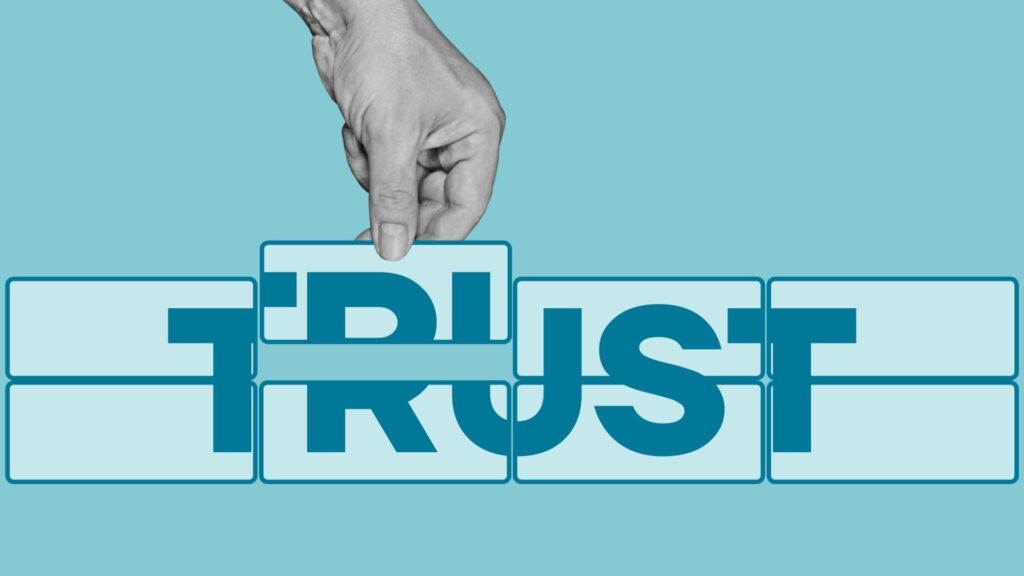
The web has never been louder. Generative AI floods inboxes and feeds with words, images and videos that blur the line between real and artificial.
By 2026, Gartner projects that more than 80% of enterprise software will have AI built in — whether or not organizations are ready.
For buyers, this surge creates confusion, not clarity. The question is no longer how much content brands can publish — it’s which brands buyers can trust.
From abundance to excess
AI is erasing scarcity in marketing, replacing it with excess content that buyers can’t possibly consume. As automation scales, personalization becomes shallow and brands overwhelm rather than engage.
When everything looks personalized but nothing feels personal, buyers disengage. A recent consumer study reports that 71% of consumers feel frustrated by impersonal brand communications.
Volume is not value. Trust and relevance are what stand out.
Dig deeper: How to build consumer trust in the age of AI
Trust as the new competitive advantage
Trust has become a brand’s most powerful asset. The Edelman Trust Barometer shows that brands perceived as understanding and addressing buyer needs enjoy two to three times higher trust scores.
In a market flooded with AI-generated content, trust is the signal that compels engagement. Transparency deepens that trust. Openly explaining how you use data, disclosing AI’s role and demonstrating accountability help you stand out.
Some in the industry have begun talking about so-called authentic AI. The idea is that technology can create deeper, more genuine connections through context-aware experiences. But authenticity is not a feature you can automate. It comes from the fundamentals marketers once rallied around:
- Building real audiences.
- Nurturing customer relationships.
- Creating content that earns trust, not just clicks.
AI can scale those efforts, but cannot replace the human intention behind them.
The CMO as connective tissue and steward of trust
This moment redefines the role of the CMO. Success is no longer about filling a funnel with leads. Today’s CMOs must be the connective tissue of the enterprise — breaking down silos and aligning marketing, product, sales, finance and customer experience.
Growth is multidimensional — balancing acquisition, pipeline velocity, retention and lifetime value. The role demands a holistic lens, not just tracking how many names enter the funnel, but also:
- How relationships deepen.
- How deals accelerate.
- How customers stay and expand.
Most importantly, CMOs must recognize that buyers don’t move in neat stages. They respond to signals and trust. Buyers typically engage with a brand multiple times before they’re ready to talk with sales. Each touchpoint is a chance to build — or erode — credibility.
Dig deeper: How and why awareness, confidence and trust drive GTM outcomes
The 95-5 rule reinforces this reality: only 5% of buyers are in-market at any given time, while 95% are out-of-market but will buy in the future. Trust built with that 95% becomes tomorrow’s pipeline. Marketing cannot afford to chase only the active few. It must earn memory and relevance with the many.
To manage this complexity, CMOs must lead cross-functional collaboration. The most effective translate insights from one part of the business into strategies another team can execute. They connect buyer signals across departments, ensuring every function contributes to a coherent, trustworthy experience. CMOs who treat trust as a growth strategy and measure outcomes beyond surface-level metrics will define the winners of this era.
Personalization and privacy in balance
Personalization still drives growth — but only when it respects privacy. Buyers expect brands to recognize preferences without feeling surveilled. When personalization feels intrusive, trust erodes.
The path forward is consent-based personalization. Invite buyers to share data willingly, make preference management simple and explain how their data improves the experience. Gartner’s TRiSM framework — trust, risk and security management — places transparency and consent at the core of responsible AI adoption.
Dig deeper: How un-marketing builds trust in a world of invasive advertising
Turning noise into signal
Winning in this environment requires discipline. High-performing organizations stand out by building marketing strategies rooted in trust and relevance. This isn’t abstract. It comes through daily practices that affirm credibility:
- Operationalize trust: Integrate trust metrics into workflows. Audit AI outputs for bias. Disclose when AI is at work. Make credibility part of the process.
- Humanize experiences: Let AI scale the work, but ensure humanity remains in storytelling and service. Authenticity still wins.
- Prioritize relevance: Choose quality over quantity. Tailor messages to buyers’ needs rather than broadcast to all.
- Respect consent: Make data sharing voluntary and transparent. Personalization should never come at the cost of trust.
- Lead with integrity: Ensure brand promises align with real experiences. Across digital channels, consistency builds credibility.
Dig deeper: Brand trust is the most valuable asset your company owns
The future belongs to the trusted
The future belongs to the trusted. AI will accelerate and content will multiply, but buyers will always search for truth in the noise. Trust is that truth — the foundation of relevance, loyalty and sustainable growth. Marketing’s job is to make every signal count so that when buyers are ready, your brand is the one they already trust.
Authenticity — not perfection — wins. A handwritten note that makes someone feel seen will consistently outperform an automated message that gets the facts right but misses the heart. In a world of excess, brands that earn trust by being real will earn the right to be heard.
The post In an age of AI excess, trust becomes the real differentiator appeared first on MarTech.
Go to Source
Author: Tanya Thorson

